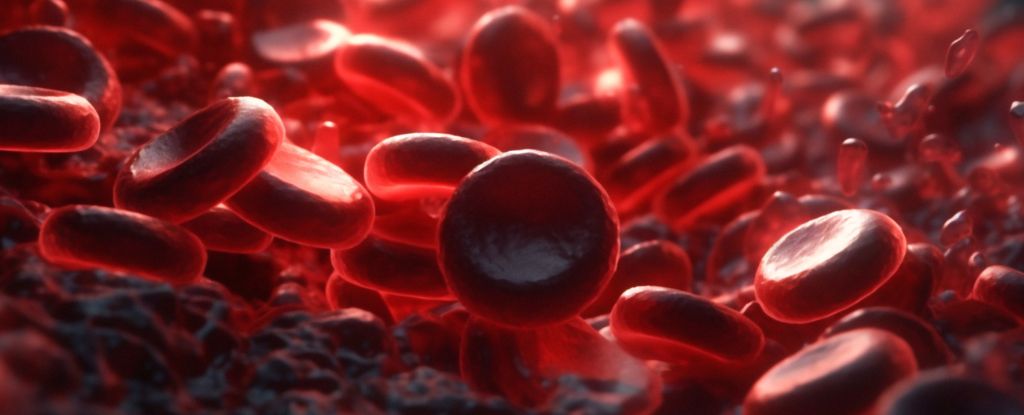In the roughly eight minutes it takes to shoot a human being off the face of our planet and into orbit, their body encounters a crushing force of gravity like nothing felt on Earth.
Scientists working with the European Space Observatory’s Large Diameter Centrifuge are now testing whether that massive launch can weaken the membranes of an astronaut’s blood cells, putting them at risk of bursting.
If that turns out to be true, it could help explain why astronauts tend to suffer from ‘space anemia’.
Studies show human bodies destroy about 54 percent more red blood cells traveling into space than they would normally on Earth, lowering the availability of iron transporters in the bloodstream.
Researchers think that is why astronauts often experience fatigue, weakness, or dizziness when they return back to normal gravity. Their blood cells are still readjusting from a life in microgravity.
“Most of the existing studies have been done in microgravity,” explains team leader Georgina Chávez from Universidad Católica Boliviana ‘San Pablo’ in Bolivia.
“We thought, well actually astronauts go through two big bodily changes during spaceflight: to make it into microgravity they first experience a brief but intense period of hypergravity. So we decided to investigate the effects that this initial phase might have in terms of leading to hemolysis in space later.”
The inspiration for the research came in 2022, when another team of scientists found that blood cells can rupture in microgravity and possibly contribute to space anemia.
Chávez and her team wondered if something similar could happen in hypergravity, so they decided to find out. Their experiments involve an 8-meter-wide centrifuge owned by ESA and located in the Netherlands. It can simulate hypergravity up to 20 times Earth’s gravity.
Historically, space flight has exerted forces of gravity three to six times that of Earth’s gravity.
To simulate that sort of experience, Chávez and colleagues are strapping human red blood cells that are bathed in hypotonic solutions onto the centrifuge. The device is then turned to speeds that simulate normal gravity on Earth, as well as 7.5 and 15 Earth gravities.
Each test goes for 10 minutes, 30 minutes, or 60 minutes. The blood cells are then analyzed to see how they fared.
The research is ongoing, so we are yet to learn what happens to the blood cells after a ride on the centrifuge.
Nevertheless, there is reason to suspect changes.
Previous studies on mice have found that white blood cells may be destroyed under conditions of hypergravity, and hypergravity also shows signs of weakening the cells that form a barrier between the blood stream and the brain in mice.
The very inner surface of blood vessels, which help control cell survival, proliferation, death, and migration, show signs of stress from hypergravity.
Scientists still know surprisingly little about how changing gravity impacts the human body.
Chávez’s team could burst that bubble.





